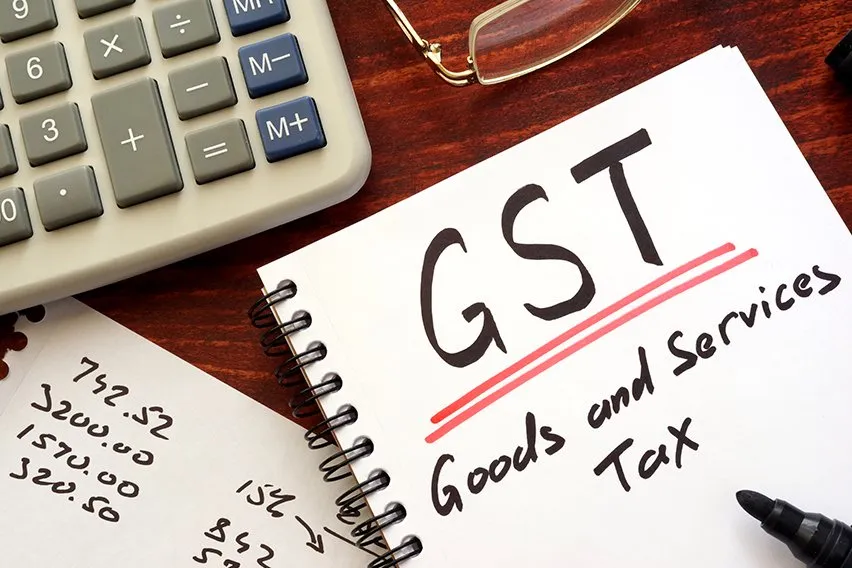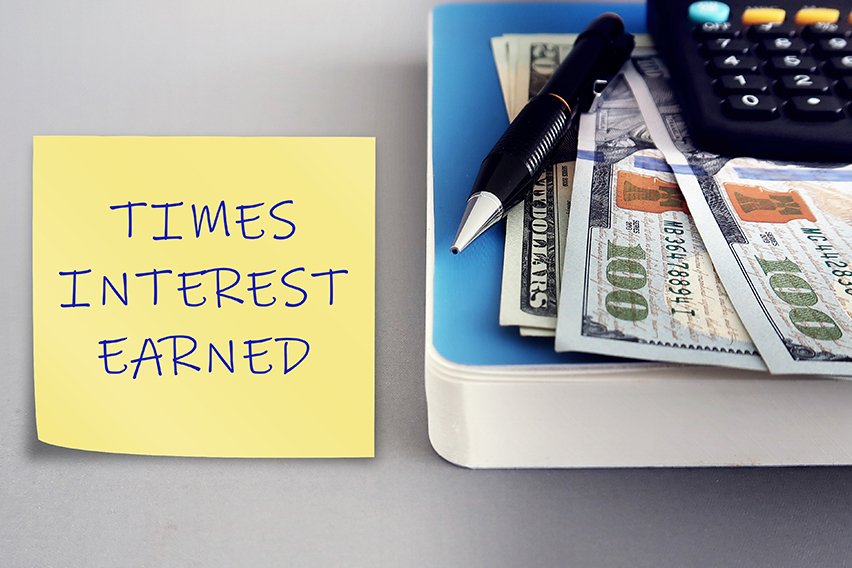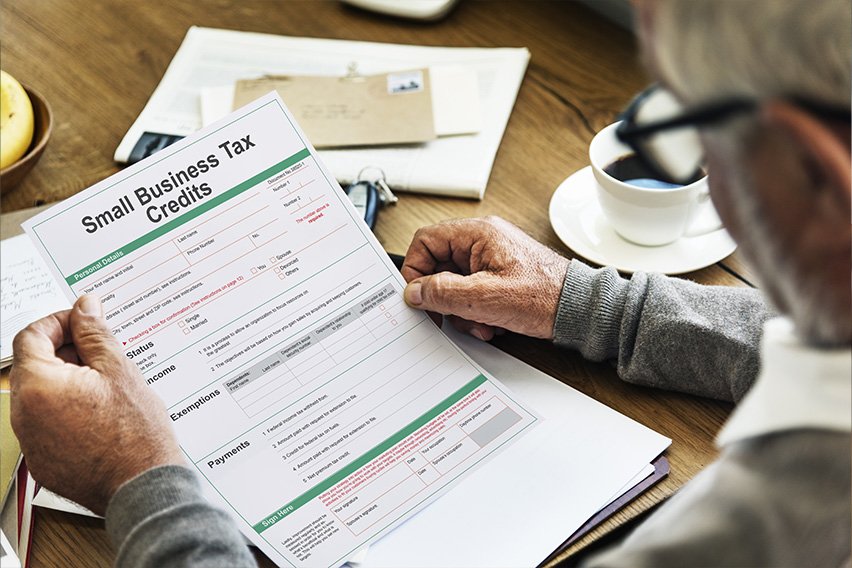GST for Small Business: A Beginners Guide

Running a business can be challenging, especially when it comes to managing your tax obligations. Some Australian business owners find GST difficult due to the requirement of completing a BAS every quarter.
And those who don’t face penalties from the ATO. The good news is that you can avoid legal consequences by completing your BAS on time. Of course, it helps if you understand the purpose of the BAS and why you’re completing it.
If you’re a new business owner, you might be a bit confused. GST? BAS? ATO? What does it all mean? That’s what this guide is designed to clear up. We’re helping beginners navigate the contours of GST to make getting started easier.
Soon, you will have a firm grasp of Australia’s business tax requirements. You will know what you’re supposed to charge your clients, when you file your BAS, and more.
Here’s What We’ll Cover:
What Is GST?
First of all, what is GST? GST stands for Goods and Services Tax. Basically, it’s a provincial sales tax attached to certain products and services. As such, it’s a percentage that slightly increases the total cost of the purchase. In Australia, the GST is 10%.
This rate is subject to change, and there’s talk that Australia’s GST could increase to as much as 15% over the next several years. What’s more, the current GST of 10% has been such for many years now. So it’s certainly possible — and plausible — that it could go up soon.
As such, you’ll want to keep an eye on GST activity. You can do so by visiting the ATO’s website. The ATO is the Australian Taxation Office. If any news comes out regarding changes to the GST, the ATO will be the first to announce it.

Registering for GST
As a small business owner in Australia, you must determine whether you need to register. This is particularly true for new businesses. Whether you register for GST depends on how much money you bring in every year.
The general rule of thumb is that if your turnover is $75,000 or more each year, you must register for GST. Of course, you might not produce these kinds of numbers starting out. So you may not need to register for GST right away.
But as soon as you find out that you do have $75,000 or more in annual revenue, you must register. The ATO gives you 21 days from the time you learn of your status. Therefore, it’s a good idea to check your turnover every month to see whether you’ve surpassed the threshold.
Please note that you can still register for GST before that time if you desire. It’s totally voluntary. But when you do register voluntarily, you usually have to stay registered for at least one year.
When you’ve finally registered for GST, there is some action you need to take in your business. You’ll want to implement these steps right away after you’ve registered:
Include GST in your pricing moving forward (we will discuss which items are taxable and which ones aren’t in a moment).
- Provide your customers with the appropriate service tax invoices for taxable sales.
- Get tax invoices for your taxable purchases.
- Claim the credits on GST included in things you buy for your business, such as inventory.
- Keep track of all GST collected, whether via cash or credit. You will need to reserve this GST to pay the ATO at a later due date.
- Submit an activity statement or annual return. This is how you report items that you’ve bought and sold. Business owners can then pay the ATO your GST or file for a tax credit.
If you believe your new business will reach or surpass the $75,000 threshold in its first year, it’s best to go ahead and register for GST. You can register a couple of ways. One is to visit the ATO’s website and navigate to the Business Portal. The other is to visit the Australian Business Register online.
Once you have registered for GST, you won’t have to register again. This is true even if you run more than one business. The only time you need to register for another GST is when you have another business that is run by a different company.
If you are supposed to register for GST but fail to do so, you will likely have to pay back all of the GST that you owe. Let’s assume it was determined that you reached the threshold in April but didn’t register until December. You would owe the GST on all sales you made between April and December.
What’s more, you could get hit with interest and penalties. And since you didn’t charge your customers GST and now have to pay it back, your profits go down. You can avoid all of this by registering on time.
GST in Action
As stated, the current GST rate is 10%. It’s easy to see how this rate works, so let’s take a look at a few examples. We will also go over the formula for figuring out what you should charge your customers for each taxable item they buy.
Let’s assume you’re selling an item that costs $100. Ten percent of 100 is ten, so you would charge a total of $110. That’s an easy example, so let’s change the amount to something you’re more likely to come across.
If you sell an item for $86.50, the total that your customer would pay after GST would be $95.15. Figuring out how GST affects the sale price is really quite easy. You simply take your retail price and multiply it by 1.1. Therefore, the formula for GST is as follows:
Sale price x 1.1 = GST-inclusive price
Or, as an example:
$86.50 x 1.1 = $95.15
As we discussed a moment ago, you need to pay GST to the ATO. The 10% that’s added to your sale price is what goes to the ATO.

Tax Invoices and BAS
When you make certain sales as a GST-registered business, you must provide your customers with an invoice. Any sale that totals over $82.50 (GST included) must come with an accompanying tax invoice. Every customer gets one with such sales, as they can later use the invoice to claim some of the GST they paid.
Moreover, invoices for sales that total less than $1,000 must include information:
- Description of goods sold (price and quantity)
- Seller’s ABN (Australian business number)
- Notation specifying it’s a tax invoice
- GST amount (if applicable)
- Which items include GST
- Seller’s identity
- Date of sale
And if the sale is over $1,000, the invoice must show the buyer’s name and business number.
BAS stands for Business Activity Statement. This is the form you use to report business tax obligations and tax entitlements. All GST charges must be included in your BAS. This includes pay-as-you-go instalments and withholding tax.
If your collected GST is greater than the GST credits you wish to claim, you’ll need to send the difference in with your BAS. This goes to the ATO for reconciliation. For most small businesses, you need to turn in your BAS every quarter.
But if you have a turnover of more than $20 million, you’ll need to submit your BAS every month. Those who submit quarterly must do so by the 28th of each month that ends a financial quarter. Those who lodge their BAS monthly must do so by the 21st.
Key Takeaways
GST for small businesses is easy when you know how to calculate it. Most products and services are GST taxable. However, there are some exempt supplies. These include certain childcare and medical devices and basic groceries, among others. The ATO has a complete list of taxable supplies and exempt supplies on its website.
In the meantime, we encourage you to download FreshBooks. This software will help you keep track of sales, inventory, and more. And right now, you can get a free trial of FreshBooks for 30 days. So be sure to take advantage of this offer.
Did you enjoy reading this guide? Head over to our resource hub for more great content!
RELATED ARTICLES

 What Is Consignment Stock or Inventory & How Does It Work?
What Is Consignment Stock or Inventory & How Does It Work? 66 Basic Accounting Terms You Need to Know
66 Basic Accounting Terms You Need to Know What Is Times Interest Earned Ratio & How to Calculate It?
What Is Times Interest Earned Ratio & How to Calculate It? Principal Amount: Definition, Formula & Calculation
Principal Amount: Definition, Formula & Calculation What Is a Recipient Created Tax Invoice (RCTI)? Australian Taxation Guide
What Is a Recipient Created Tax Invoice (RCTI)? Australian Taxation Guide How Much Does a Small Business Pay in Taxes?
How Much Does a Small Business Pay in Taxes?